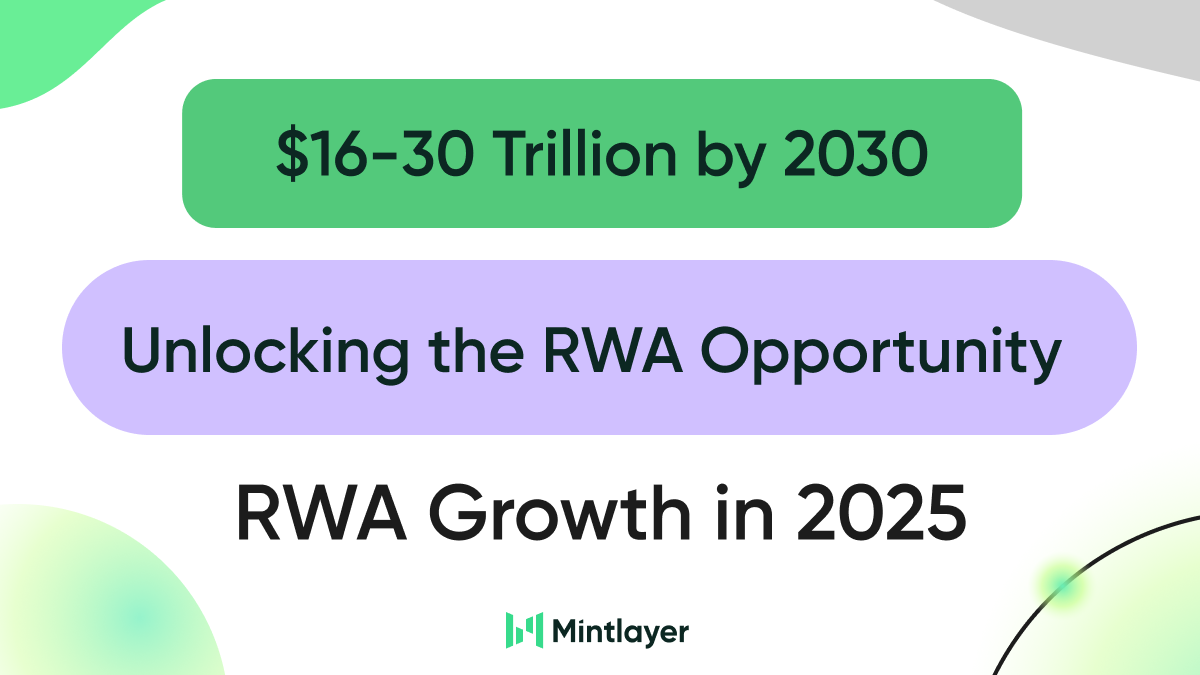.png)
For years we treated centralization as the obvious answer to scale. If you wanted speed, cost efficiency, and global reach, you picked a giant provider and plugged in. Banking, consumer apps, and even parts of government followed the same path. The result is a web that routes through a few narrow choke points. When one of those points stumbles, the ripple is not abstract. It is a cashier who cannot process a card, a trader who cannot execute, a payroll that pauses mid stream. People feel it first.
That is the architectural irony of our time. We centralized the internet to make it faster and cheaper, and in doing so we centralized failure. A single region has a bad morning and suddenly the blast radius includes payments, trading, streaming, customer support, and basic communications. This latest AWS outage was not an anomaly; it was the cost of centralization arriving in real time.
Nowhere is that cost more vital than in finance, where continuity is non-negotiable. Money runs on continuity. If one company’s configuration in one location can lock millions out of their balances, that is not resilience that's reckless. The damage is then measured in lost productivity, broken customer trust, and missed market windows. The AWS outage arose from a routine technical issue, not a coordinated attack and hackers infiltrating tech firms have increased in recent years. If a small fault can force a global timeout, a planned attack on core infrastructure would present a much tougher trial.
Decentralization exists to avoid exactly this class of failure. Financial networks like Bitcoin continued to produce blocks because thousands of independent nodes did their work without a central control plane. No single vendor or region decides whether the ledger advances. That does not make decentralized networks perfect, but it does make them much safer to most attack vectors. They degrade locally, not catastrophically. Parts of the network can falter while the whole keeps moving.
As Bitcoiners, we have aimed for this DeFi structure from the start. At Mintlayer, the work has been to make Bitcoin’s liquidity useful without reintroducing the same old single points of failure. That is why we prioritize native, peer to peer BTC swaps instead of wrapped assets and custodial bridges. It is why running a Mintlayer node does not require expensive hardware, so more independent operators can participate. More operators in more places means a safer and more distributed network.
What the world saw this week was a live case study in centralization risk. The takeaway should not be panic about clouds. There should be clarity about design. Centralized platforms are powerful tools, but they should not be the only pillar holding up critical financial functions. Decentralized networks provide a different blueprint for financial platforms: users keep custody and participate directly with less friction.Reliability is the benchmark we build toward. We are committed to systems that keep working under stress. That is the standard finance deserves and the one we are working toward.
Mintlayer is committed to building the infrastructure for the future of finance.
Discover more
.png)
Mintlayer Institutional Suite: Tokenization Ecosystem
Mintlayer's Institutional Suite provides BTC infrastructure for institutions to tokenize RWAs, access regulated yield, and build financial solutions that bridge traditional finance and DeFi.
.png)
Understanding Mintlayer: From Protocol to Ecosystem
An overview of Mintlayer's evolution from an open source Bitcoin protocol to a complete ecosystem of infrastructure, services, and products.

$16-30 Trillion by 2030: Unlocking the RWA Opportunity
Mintlayer goes deep on Market Metrics and insights on the potential of the RWA market size.